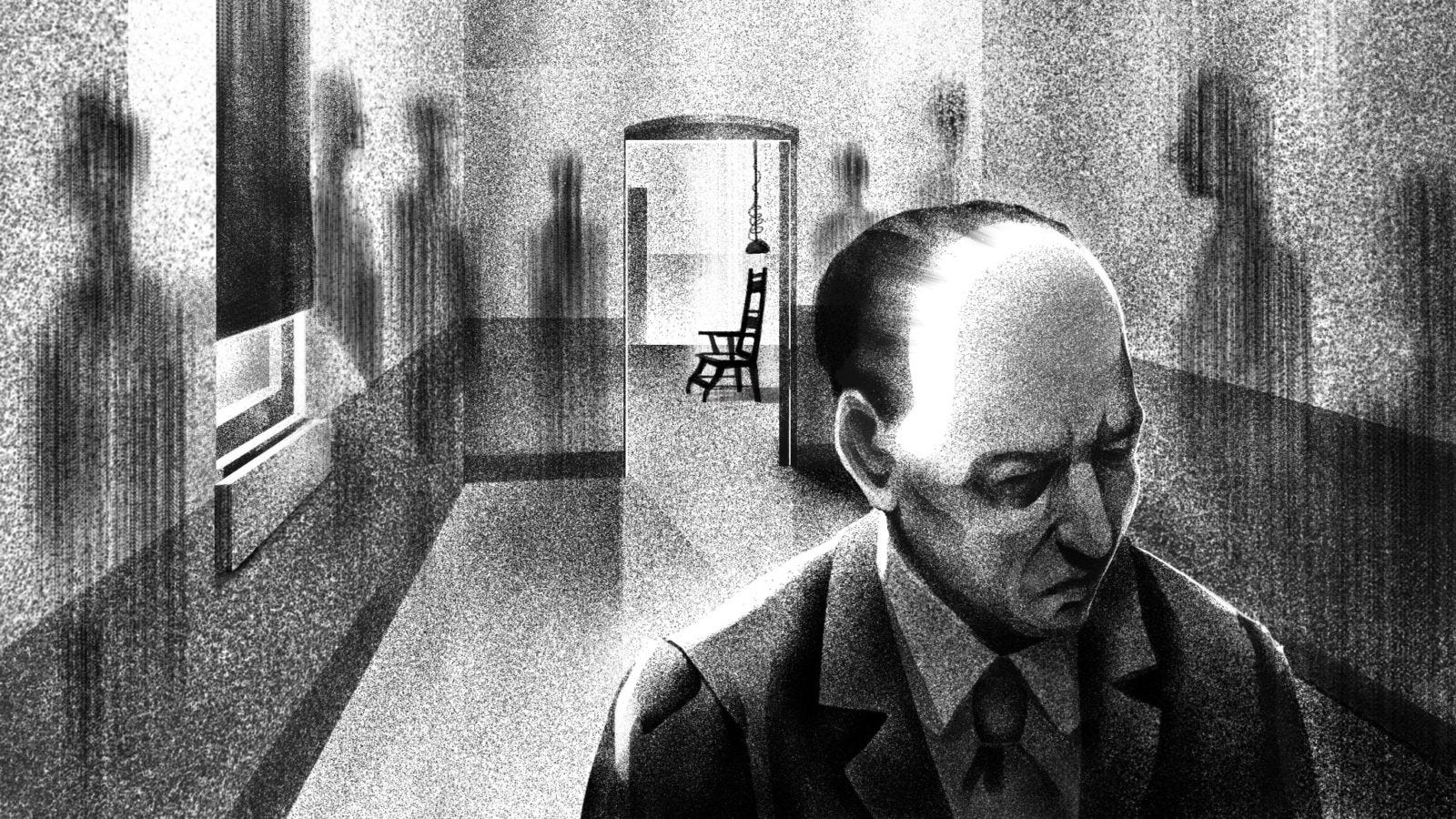He Killed 140 Men in the Electric Chair. Then He Took His Own Life.
The man who operated New York State’s “Old Sparky” was calm, collected and always professional. No one knew that every flick of the switch was tearing him apart.
It’s eleven p.m. on Thursday, September 17, 1925 – “Black Thursday” to the residents of Sing Sing prison in New York’s Hudson Valley. The inmates are locked down for the night, unable to leave their cells. All except one.
Prisoner Julius Miller, with four guards as well as the chaplain in tow, just walked twenty paces from the pre-execution waiting cells, called the “Dance Hall,” to the legendary “Death House.” He’s standing next to the electric chair inmates long ago nicknamed “Old Sparky.”
The warden asks him for any last words. He has none.
The guards quickly seat him, buckling black leather straps round his limbs and torso.
The “State Electrician,” John Hurlburt, a grim-faced man in his late fifties, of average height and wearing a dark suit and spotless black shoes, steps forward. His job has all but destroyed him. But Hurlburt’s disposition betrays nothing as he carefully checks the electrode strapped to Miller’s right leg. The electrode is in working orde…
Keep reading with a 7-day free trial
Subscribe to Narratively to keep reading this post and get 7 days of free access to the full post archives.




